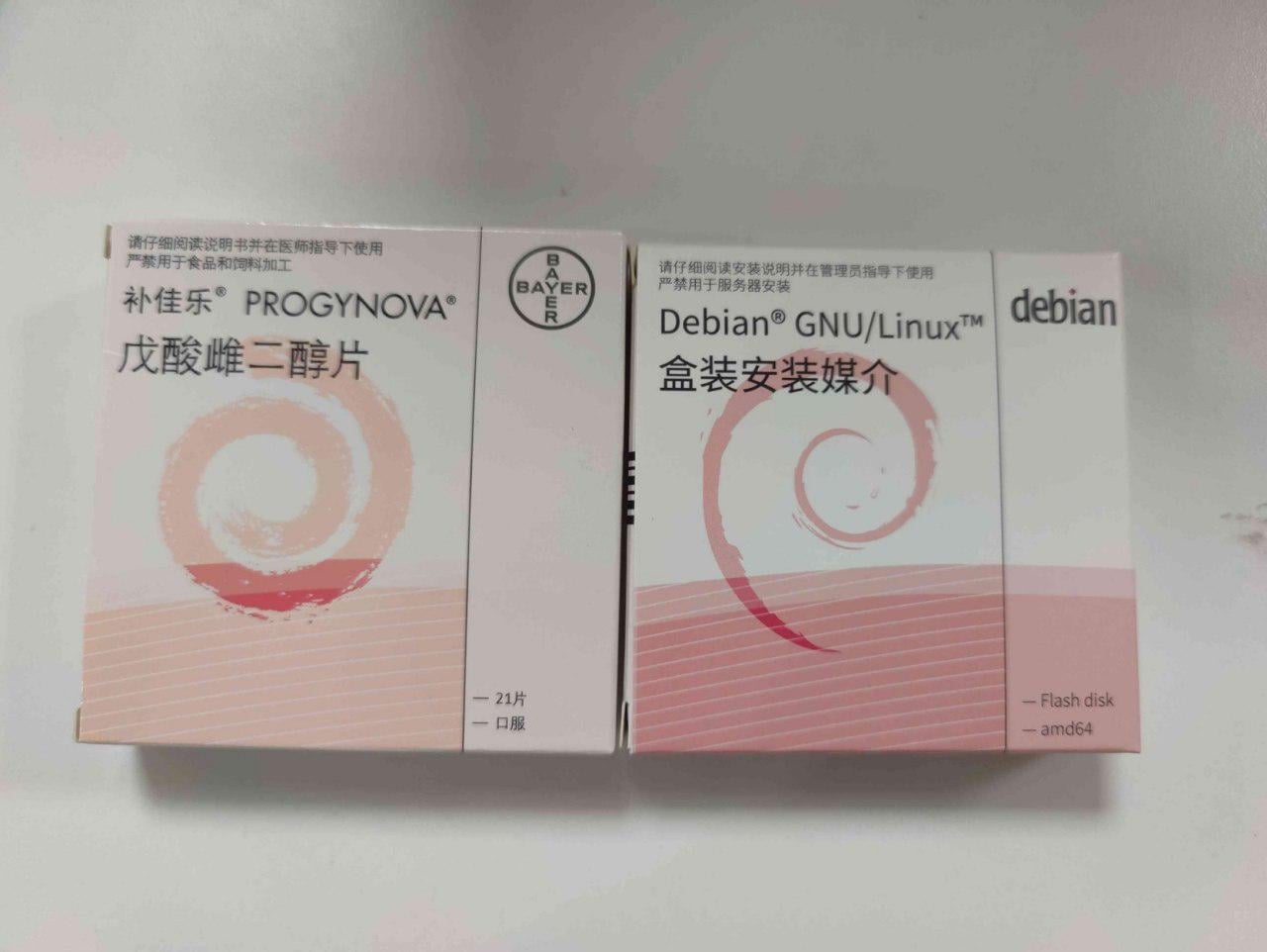EndeavourOS (it’s basically arch btw)
libre
Welcome to libre
A comm dedicated to the fight for free software with an anti-capitalist perspective.
The struggle for libre computing cannot be disentangled from other forms of socialist reform. One must be willing to reject proprietary software as fiercely as they would reject capitalism. Luckily, we are not alone.

Resources
- Free Software, Free Society provides an excellent primer in the origins and theory around free software and the GNU Project, the pioneers of the Free Software Movement.
- Switch to GNU/Linux! If you're still using Windows in
$CURRENT_YEAR, take Linux Mint for a spin. If you're ready to take the plunge, flock to Fedora! If you're a computer hobbyist and love DIY, use Arch, NixOS or the many, many other offerings out there.
- Those on Apple Silicon Macs can consult Asahi Linux for available options.
Rules
- Be on topic: Posts should be about free software and other hacktivst struggles. Topics about general tech news should be in the technology comm or programming comm. That doesn't mean all posts have to be serious though, memes are welcome!
- Avoid using misleading terms/speading misinformation: Here's a great article about what those words are. In short, try to avoid parroting common Techbro lingo and topics.
- Avoid being confrontational: People are in different stages of liberating their computing, focus on informing rather than accusing. Debatebro nonsense is not tolerated.
- All site-wide rules still apply
Artwork
- Xenia was meant to be an alternative to Tux and was created (licensed under CC0) by Alan Mackey in 1996.
- Comm icon (of Xenia the Linux mascot) was originally created by @ioletsgo
- Comm banner is a close up of "Dorlotons Degooglisons" by David Revoy (CC-BY 4.0) for Framasoft
Arch btw, beside the meme it really covers everything I want for my daily driver to do, and I love having all the latest software instead of waiting until it gets added to the official repositories or adding them manually.
If I were to use Linux for professional working though, I would explore Fedora just to have a system that is more stable and can't cause weird technical issues taking up time from my work.
For servers Debian without even thinking about it
Debian
I like that debian just works, its a pretty darn good choice for people who dont want to deal with setting up their computer and just want to use it
arch btw
I've been on Kubuntu for a few years. I'm considering moving to something non-Ubuntu, but I'm really happy with KDE Plasma.
KDE fucking rules. I don't care how resource intensive it is, it looks fuckin steller and is infinitely customizable.
It's basically no more resource intensive than GNOME or Xfce. It's very efficient and has been at least since Plasma 5.
I've been really happy with Fedora KDE. To me, the desktop environment determines the experience more than the distro these days, so you probably wouldn't notice much difference in switching, so maybe not worth it.
I just like Fedora better for installing on a new system, since new hardware tends to be supported faster.
EndeavourOS (arch BTW)
Been on Debian for the better part of a decade. Won’t be changing anytime soon.
i use arch btw. if you don't have console-phobia it's one of the easiest distros to use, easy to install new software and is not prone to breaking as much as people say (well it depends on your use case mine's been pretty stable).
Mint.
It just works, I don't have to think about my OS.
Nobara. it's fedora based but has most of the stuff you need for gaming in by default
It's also put together by the person that does glorious egroll proton patch
Mint 
Mint out of simplicity and ease of use because I've still got my training wheels on.
Will use Bazzite soon as I've just recently got myself a handheld but I haven't had the energy to tinker around on it just yet.
At this moment I'm using fedora with KDE and I'm quite enjoying it. It blends together the pros of rolling release with the managed aspects of other distros
Bazzite on main PC because it just works and I don't want to mess around with nvidia drivers.
Almalinux for home server and anything I need to spin up short term.
only 72 comments? come on everyone, those are rookie numbers
Arch (btw)
Nobara KDE spin on my desktop endeavorOS on my laptop but might switch to vanilla arch on there soon
By the way...
NixOS
Fedora, because it works so well. I use the GNOME desktop because I need the bigger UI elements to use a computer effectively, and I like the workspaces. It's also Fedora's default, and is really seamless.
mint but i had to update the kernel to get some games to work, it was a little intimidating but i ended up getting it to work just by googling and following what other people did in forums
apparently mint is more for ease of use and stability, and less about being cutting edge
I've been using Linux as my daily driver for over a decade and after distro hopping for a few years, I finally settled on Linux Mint because for what it's worth, it just works. It's pretty close to a Windows environment, it's built on top of apt, and it's got good driver support for Nvidia. It comes with mostly useful default software and Nemo is a good file browser.
For servers, I'm a CentOS refugee who is stuck with Oracle Linux (*shudder*) because of work reasons, and because I didn't want to get in on the whole Rocky/Alma diaspora. For desktop, I still like Fedora, and for WSL, I think I'm running Ubuntu because fuck it, why not. Fedora was my daily driver for my work machine at my previous job; GNOME on Wayland was buggy as shit back then, but it was still a step up from Windows 10 randomly installing updates and rebooting my machine because I got up to get coffee or to pee. It also helped not having to fuck around with Cygwin to use rsync and scp from my dev workstation.
NixOS, really liking the ability to do package and system configuration as code in a single language, and consolidate the configuration for multiple devices in a single repo.
Guix, but it's not for linux newbies I think. Although it's completely libre, too much in fact, it didn't have some drivers I need for my laptop so I needed to non-libre it a bit...
Debian is very beginner friendly and very stable, but stable means the software is pretty old compared to other distros. Security updates are timely and everything no trouble on that front, but often I wondered why some app didn't have some feature only to find out it does, for over a year in fact, but the version implementing it hadn't made it through Debians QA yet.
I think it's a really good place to start, but if you find it "lacking" you may want to look into alternatives.
Also remember you can multi-boot, so you can try different distros, or set up a virtual machine to testdrive some distro. It's not terribly difficult but does require some time.
Fedora gnome. For many years
Arch, btw. And Guix. And Fedora. And Debian. And some more.
Almost every computing device I own runs Linux.
Debian on my desktop. Fedora on my laptop.
debian so i don't have to do anything 
